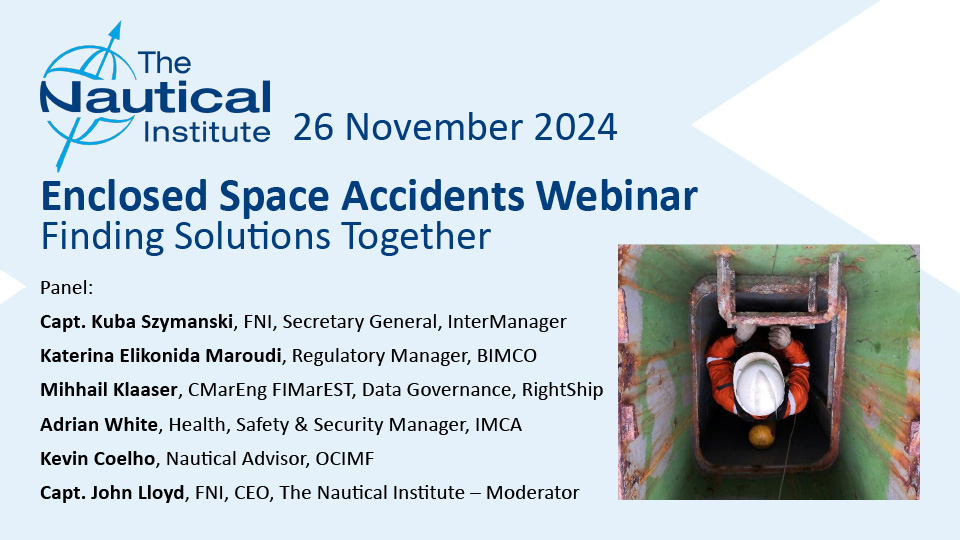What is the difference between dynamic separation and liquefaction?
Overview
The Australian Maritime Safety Authority (AMSA) has provided a good illustration of what is dynamic separation and liquefaction. This could assist members to understand better these different phenemona that are moisture-related instabilities which will affect the ship's stability when transporting bauxite cargoes in bulk.
What is dynamic separation?
Dynamic separation occurs during a voyage where the moisture in the cargo migrates to the surface of a hold as the cargo compacts from underneath due to vibration and vessel movement. This occurs when the cargo contains enough small particles that stop the moisture draining from the cargo.
As a slurry of water and fine particles collects on the top of the cargo it creates a free surface effect in the hold. Over time, the sloshing motion of the slurry can deposit loose cargo unevenly in the hold. The research also shows that different wave periods of the slurry in different holds results in the ship having a peculiar motion rather than a regular roll period in a seaway.
Modelling shows that over time, cargo collects on one side of the holds. As this occurs in adjacent holds, the ship’s weight distribution and stability become affected. The result in more extreme circumstances is the ship progressively listing to one side. As this list increases, so does the action of the free surface water, potentially undermining the surface of the cargo, resulting in a shift and capsize.
For more information on liquefaction, please refer to sections 7 and 8 of the International Maritime Solid Bulk Cargoes Code.
Source: AMSA
Feedback or a question about this information?
VPS Bunker Alerts
Veritas Petroleum Services (VPS) publish regular Bunker Alerts based entirely on fuel samples and have kindly permitted BIMCO’s Members to access this information.
The Bunker Alerts are not intended to be an evaluation of overall bunker quality in the port or area concerned, but usually highlight a specific parameter within the fuel which has raised a quality issue.
Latest ice reports for members
Latest piracy reports
Latest industry releasable threats
ELSEWHERE ON BIMCO
Contracts & Clauses
All of BIMCO's most widely used contracts and clauses as well as advice on managing charters and business partners.
Learn about your cargo
For general guidance and information on cargo-related queries.
BIMCO Publications
Want to buy or download a BIMCO publication? Use the link to get access to the ballast water management guide, the ship master’s security manual and many other publications.
About a new business partner
We can help members check new business partners. We also help to recover millions of USD (undisputed) funds every year.






